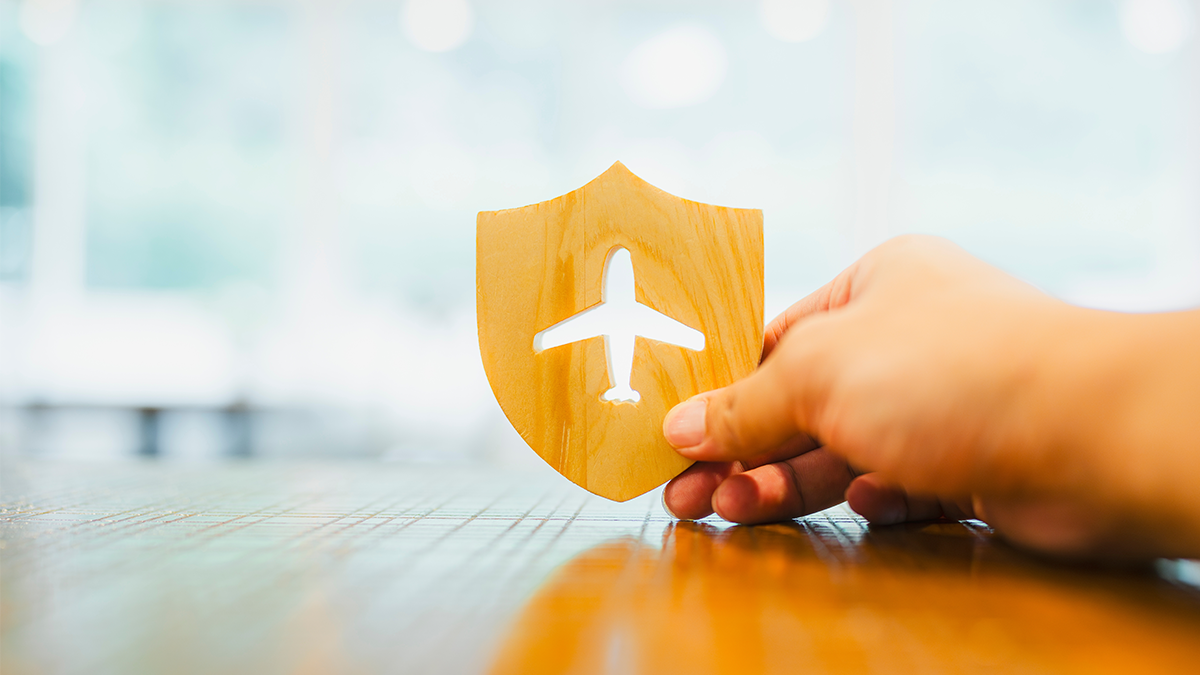As we step into 2023, the hospitality industry is still reeling from the effects of the pandemic – which makes implementing hotel pricing strategies more important than ever.
With travel restrictions lifted, hotels are gearing up to welcome guests again. However, one of the biggest challenges hoteliers face is determining the right pricing strategies to maximize their revenue in the post-pandemic world. Thus, hotels must strategically set their prices to attract customers, while still ensuring profitability.
The question is, how can hoteliers implement effective pricing strategies to boost their revenue and stay ahead of the competition?
That said, this blog discusses the important issue of hotel pricing strategies in 2023 and offers helpful advice on how to boost your revenue. From dynamic pricing to value-based pricing, we will cover everything you need to know to optimize your pricing strategy. Read on to learn the secrets of effective hotel pricing strategies if you want to boost your hotel’s revenue this year.
Importance of Pricing Strategies to Grow Your Hotelier Business
Any hotel must have an effective pricing strategy to be successful, especially in a competitive market. By drawing in more visitors, raising occupancy rates and enhancing profitability, a thoughtful pricing strategy can help hotels maximize their revenue. The following are some primary reasons for hotels to implement pricing strategies in 2023:
- Increased Occupancy Rates: Hotels can maximize their occupancy rates and fill more rooms with the appropriate room pricing strategy. Hotels can guarantee their rooms are always occupied, even during slow seasons, by adjusting prices based on demand. This can boost revenue by ensuring that every available room generates income for the hotel.
- Increasing Customer Attraction: Hotels can also use pricing strategies to attract more guests. To be precise, hoteliers can entice customers to choose them over others by offering competitive prices and promotions to earn more money, especially during periods of high demand.
- A Rise in Profitability: Effective pricing strategies can also boost a hotel’s profitability. Hotels can ensure they earn the most revenue from each of their properties by optimizing prices. Even if occupancy rates do not rise, this can help hotels raise their profit margins.
- Boosting Client Loyalty: Additionally, pricing tactics can help increase client loyalty. Hotels can encourage repeat customers to return by offering promotions and discounts. Positive word-of-mouth advertising can also help improve their reputation and bring more guests.
- Staying Competitive: Finally, hotel pricing strategies are essential to stay competitive in the market. With the rise of alternative accommodations and online travel agencies, hotels need to adopt new strategies to attract customers and increase revenue. By implementing effective pricing strategies, hotels can stay ahead of the competition and ensure their long-term success.
Best Hotel Pricing Strategies in 2023
- Dynamic Pricing: Dynamic pricing is a revenue management strategy that allows hotels to adjust their room prices in response to fluctuations in market demand. Hotels can determine the best price for each room by examining customer information and market trends. This price may change depending on the season, day of the week or even the hour of the day. Using this strategy, hotels can increase their revenue by raising prices during times of high demand and lowering them during times of low demand. For instance, hotels may raise their room pricing during periods of high travel demand, such as the holidays and the summer. Alternatively, during low season periods, such as winter months or weekdays, hotels may offer discounted rates to attract customers and fill their rooms. By using dynamic pricing strategies, hotels can also adjust prices for specific events or promotions to attract more customers and increase their revenue.
- Early Bird Pricing: Hotels frequently use early bird discounts to entice customers to make reservations early, which helps generate revenue early on and fill up rooms during off-peak times. This strategy works especially well for lodging facilities that encounter seasonal fluctuations in demand or a high rate of cancellations. Hotels can increase bookings and lower the chance of cancellations by providing discounts to customers who make reservations in advance. Additionally, this helps hotels predict demand more accurately and allocate resources more effectively. Early booking discounts can also encourage clients to make future reservations with hotels, which can help businesses increase client loyalty. Hotels can also offer early bird room pricing through their own websites, or through third-party booking platforms. For example, a hotel might offer a 10% discount to customers who book at least 60 days in advance, or a 20% discount to customers who book at least 90 days in advance.
- Last-minute Deals: The best way for hotels to fill empty rooms and increase revenue during peak times is by offering last-minute deals. Hotels can draw clients who are searching for a deal or may have decided to make their travel arrangements at the last minute by lowering the price of available rooms. This strategy has several advantages, one of which is that it prevents hotels from losing money on unsold rooms. For instance, if a hotel has ten empty rooms on a given night, they may decide to offer those rooms at a reduced rate to encourage last-minute reservations. Instead of letting them sit empty and losing out on potential profits, this would enable the hotel to make some money from the rooms.
These deals can also help hotels attract diverse groups of customers. Some travelers may be more price-sensitive than others, and offering discounts can make a hotel more attractive to these customers.
- Seasonal Pricing: Next, by adjusting their room pricing rates in accordance with the seasonal demand, hotels can increase their revenue. By using this tactic, hotels can increase their revenue during busy times, while continuing to attract guests during the off-season. Hotels can identify the high and low seasons through historical data analysis and demand forecasting and prices can be adjusted accordingly. Hotels may raise their rates to generate more money during busy times like holidays, festivals, and other events. For instance, a hotel close to a well-liked ski resort might raise its rates in the winter when skiing is in high demand. On the other hand, hotels can offer discounts off-peak to draw guests and keep occupancy levels high. A beach resort might, for instance, charge less in the winter when there is less demand for beach vacations. Implementing seasonal hotel pricing strategies requires careful analysis of data and market trends. Hotels should also consider the competition in the market and adjust their prices accordingly. Dynamic pricing tools can be used to automate the process and ensure that prices are adjusted in real-time based on the demand.
- Loyalty program: Loyalty programs are an effective marketing tool to build customer loyalty and drive repeat business. Research suggests that 90% of US adults belong to at least one loyalty program. Hotels can increase their revenue over time by rewarding and incentivizing frequent visitors to stay longer and spend more money. With a points-based system, which is a typical illustration of a loyalty program, customers accumulate points for each stay or purchase that can later be exchanged for benefits like free nights or room upgrades. This encourages visitors to stick with the same hotel chain on subsequent trips, rather than trying out new lodging every time. Hotels can gather useful information through loyalty programs about the tastes and habits of their visitors, information that can be used to tailor subsequent marketing campaigns and enhance the guest experience. However, it’s important for hotels to ensure that their loyalty programs are easy to understand and use, and that the rewards offered are meaningful and relevant to their guests’ needs and desires. Otherwise, guests may not see the value in participating and may not return as frequently as the hotel hopes.
- Bundling: Thereafter, using bundling as hotel pricing strategies helps boost the perceived value of their services and persuade guests to spend more money. Hotels can attract customers looking to save money by offering a bundle that combines services and amenities at a discounted rate. Additionally, upselling additional services or goods through bundling enables hotels to increase revenue. In the hotel industry, one common example of bundling is offering room rates that include meals. It is more convenient for guests to enjoy a full dining experience while staying on the property when breakfast, lunch or dinner are included in the room rate. This is especially useful for all-inclusive resorts, where guests pay a single price for their entire stay, which includes all meals and activities. Bundling can also be used as hotel pricing strategies to encourage customers to upgrade their room or stay longer. For example, a hotel may offer a bundle that includes a suite upgrade and a late checkout for an additional fee. This can be attractive to customers looking for a more luxurious experience or who need more time to enjoy their stay.
- Group Pricing: Another effective hotel pricing strategy is group pricing. A hotel may use group pricing to lower its rates for sizable groups. This method can help increase occupancy rates by filling empty rooms that would not have been booked otherwise. The main concept behind group pricing is that hotels can charge a lot of people less than they would if they were all making individual reservations. Hotels can attract more business from groups by offering discounts, which can help them generate additional revenue.
- Channel-specific Pricing: The practice of setting different prices for the same hotel room based on the distribution channel it is sold through is known as channel-specific hotel pricing. Hotels can maximize revenue and reduce commissions paid to third-party distributors by providing different rates for various channels, such as direct booking, online travel agencies (OTAs), wholesalers or meta-search engines. Hotels, for example, may offer lower rates for direct bookings through their website or over the phone, because they do not have to pay commission to third-party distributors. On the other hand, they may offer higher rates to OTA platforms because they typically charge a commission of 15-25% on each booking. The cost of commissions can be offset and profits increased by setting higher rates for these channels. Additionally, channel-specific pricing can be strategically employed to encourage visitors to make reservations through their preferred channels. To encourage guests to book directly with them, hotels may offer exclusive discounts or perks for direct bookings. This promotes brand loyalty and lessens reliance on outside distributors.
Conclusion
Effective hotel pricing strategies are critical for maximizing revenue and maintaining a competitive edge in the hospitality industry. Hotels can improve their pricing strategies to bring more guests and boost profits by examining market trends and consumer behavior.
Advanced hotel management software like Innquest can streamline the pricing process and provide valuable revenue management insights. Through features like dynamic pricing and real-time data analytics, this software can both help hotels meet their revenue targets and improve the guest experience. So why wait? Click here to get started.



